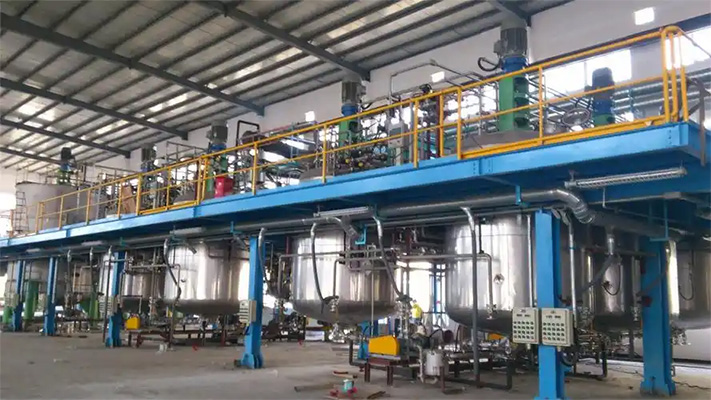1. Acrylic Emulsion
- Acrylic emulsion is a water-based dispersion system, a high molecular polymer formed by emulsion polymerization of acrylic acid monomers and their comonomers.
- The appearance is usually milky white or translucent liquid, and the particle size is generally 50-5000nm.
- Mainly used in water-based coatings, adhesives, textile auxiliaries, papermaking auciliaries, etc.
2. Acrylic Resin
- Acrylic resin is a type of thermoplastic or thermosetting polymer, formed by copolymerization of acrylic acid and its derivatives, usually in solvent-based or solid form.
- Mainly used in coatings, inks, plastic modifiers, photocurable materials, etc.

The Connection Between Acrylic Emulsion and Acrylic Resin
- Similar Ingredients: Both are copolymerized by acrylic acid and its esters, and have the same main chemical structure.
- Complementary Functions: Acrylic emulsion is mainly used in water-based application systems, while acrylic resin is suitable for solvent-based or solid systems.
- Cross-application: Some water-based acrylic resins can be converted into acrylic emulsions through emulsification and used in the field of environmentally friendly water-based coatings.
| Acrylic Emulsion | Acrylic Resin | |
| Dispersion Medium | Water | Solvent or solid |
| Polymerization Method | Emulsion polymerization | Solution polymerization or bulk polymerization |
| Appearance | Milky white or translucent liquid | Transparent or translucent solid, viscous liquid |
| Environmental Protection | Low VOC, environmental protection | Some solvent-based, high VOC |
| Application Areas | Water-based coatings, inks, plastic modification, etc. | Solvent-based coatings, inks, plastic modification, etc. |
| Film-forming Properties | Good flexibility, but slightly weaker water and chemical resistance | Higher hardness, better weather resistance and chemical resistance |
| Construction Method | Mainly used in water-based systems, easy to construct | Requires solvent dilution or high temperature treatment |
Differences in Main Equipment of Production Line
| Equipment Category | Acrylic Emulsion Production Line | Acrylic Resin Production Line |
| Reactor | Mainly stainless steel emulsion polymerization reactor, which needs to be equipped with jacket or coil for heating and cooling | Mainly high temperature solvent polymerization reactor, which has higher material requirements (such as carbon steel+stainless steel or all stainless steel), high temperature resistance and corrosion resistance |
| Mixing System | Use high shear emulsification mixing to ensure uniform dispersion of monomers | Use high torque mixing system to ensure sufficient mixing of high viscosity materials |
| Heating/Cooling System | Mainly use steam heating or hot water circulation, the temperature control is relatively low (60-90℃) | Use heat transfer oil heating, can reach more than 200℃, and equipped with condensation recovery system |
| Emulsification Equipment | High shear emulsifier is required to ensure unifomr and stable emulsion particles | No emulsifier is required, mainly relying on solvent dissolution and stirring |
| Vacuum System | Generally not required or required at a low level | Efficient vacuum degassing system is required to remove low molecular weight substances adn residual solvents |
| Condensation Recovery System | Only a simple cooling device is needed | A condensation recovery tpwer is required to prevent solvent volatilization and reduce pollution |
| Storage and Delivery System | The emulsion can be directly stored in a stainless steel tank and transported using a corrosion-resistant pump | A closed storage system is required, equipped with a solvent recovery device |

 Home
Home JCT
JCT  Mar 17,2025
Mar 17,2025 
 Things To Note When Producing Unsaturated Polyester Resin
Things To Note When Producing Unsaturated Polyester Resin 







